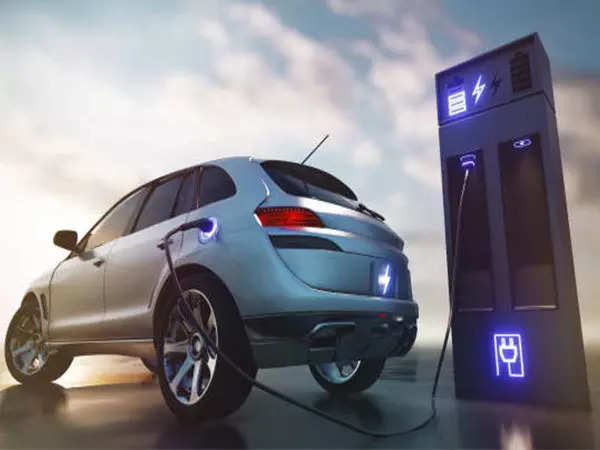
A Goldman Sachs research report on electric vehicles says the EV uptake is at a turning point, and hybrids and plug-in hybrids are giving a tough competition.
Europe, which has driven EV growth up to now, has shown signs of stagnation since the beginning of 2024. Goldman Sachs report says this is due to concerns about three factors: EVs capital cost due to lower prices of used EVs, poor visibility on government policy visibility, and a shortage of rapid charging stations. These shortages are changing consumer preferences towards Hybrid EVs and plug-in hybrid EVs.
But despite the current slowdown in EVs, the bear-case scenario still calls for EV sales volume to rise 21% YoY in 2024. The GS report says the bear-case scenario seems more realistic because of the three reasons for the slowdown mentioned above.
EVs sales volume is likely to decline by 2% in 2024 and negative growth would likely result in oversupply across the EV supply chain.
The Goldman Sachs report says that EVs are nearing a turning point in terms of economic viability as governments across the world are reducing subsidies that have lowered initial investments, aggressive pricing strategies adopted by Chinese makers, and running cost benefits, i.e., fuel savings. On the other hand, capital cost upon sale are emerging as a new concern shows the decline in EV used car prices.
While it is difficult to forecast when used EV prices will bottom out, innovation in batteries is a bottleneck. Batteries currently account for 30-40% of the cost of EVs. Consumers think tomorrows batteries will be superior to today’s batteries in terms of performance, so used EVs prices is unlikely to stabilize soon. Decline in recent battery prices is not only by technologies but also by over-supply in China’s EVs supply chain.
Also, as EV penetration accelerates, rapid fast charging station infrastructure issues emerge as a more tangible problem. Several automakers, such as Nissan and Mitsubishi Motors, have said that concerns about driving range and charging infrastructure increase when people return home or go to rural areas.
Goldman Sachs concludes that all above mentioned reasons have attracted makers and consumers towards hybrid EVs (HEVS) and plug-in hybrid EVs (PHEVs). Sales of HEVs and PHEVs have been accelerating amid the slowdown in EVs in the US, growth has outpaced EVs over the past several months.
But EVs sales declining trend is not seen in India. Governments Vahan portal dashboard shows an uptrend in EV registrations, especially of 2-wheelers, although 3 and 4 wheelers have shown a marginal decline. In January 2024, EVs registration in India was 1,44,877, in February, it declined a little bit at 1,41,382 but as on 30th March the figure for the month showed an uptrend of 32% at 1,86,143 vehicles.
But, Goldman Sachs report suggests that Global HEV sales could exceed the outlook by 1-2 million vehicles.
Automaker Toyota has officially said that HEV margins are higher than margins for Gasoline engine cars. The report suggests that the additional cost of an HEV is compensated over savings on fuel and higher used car prices. For Industry the economic benefit for HEVs are higher margin, comparatively lower capital cost and high confidence in used car prices.
The report however, adds up that if lower EVs cost are realized by 2030, the advantages of EVs will again come under focus.

